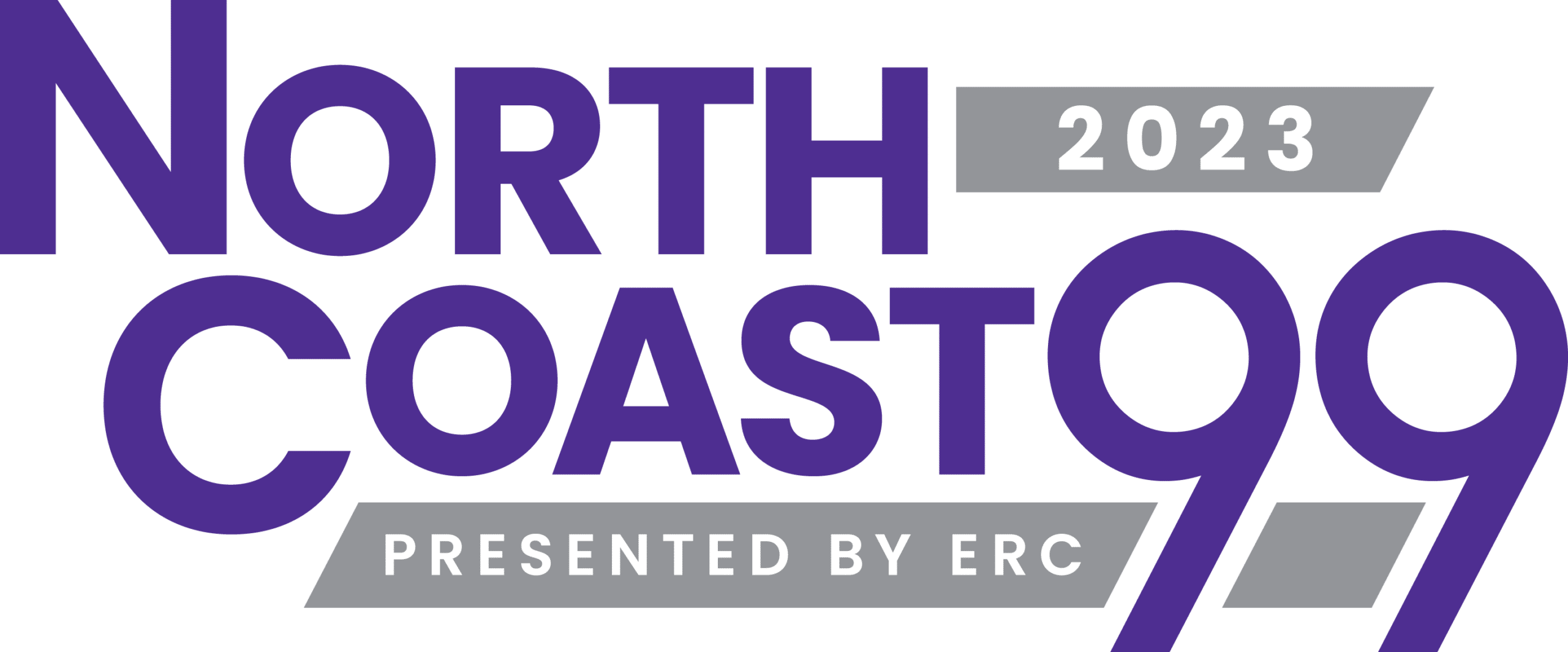As recently as late February, The Nonprofit Times reported that charitable giving in the U.S. was projected to grow by nearly 5 percent in 2020, according to The Philanthropy Outlook 2020 & 2021 report by the Lilly Family School of Philanthropy at Indiana University. Another 5 percent boost was projected for 2021.
That was just days before the reality of a nationwide shutdown due to the COVID-19 pandemic – and the resulting blow to the U.S. economy – began to unfold.
Since then, thousands of spring fundraisers traditionally held by nonprofit organizations across the country have been cancelled. From local 5k races and small “galas” held at VFW halls to national events like the Boston Marathon and the annual March of Dimes community walkathon, one after another has been cancelled or “virtualized.”
The impact on the financial health of community-based nonprofits may be significant. Many will close their June 30 year ends without the last-minute infusion of cash that spring fundraisers contribute.
Moreover, with the precipitous decline in the stock market, corporate and individual giving may be down this year, making it difficult for non-profits to make up the revenue from lost fundraising events.
Many non-profits have “virtualized” their fundraisers, finding creative ways to reach donors online, and they will likely have to continue being creative at least for the next few months.
The Ohio Experience with Fundraising
While the situation is changing rapidly and reliable numbers are hard to pin down, a survey of nonprofits in late March conducted by United Way of Central Ohio reveals that Ohio non-profits are experiencing the same stresses as national non-profits:
- 66 percent of respondents already had cancelled or postponed spring fundraising events.
- The revenue losses per event were estimated at $8,000 to $325,000.
- Organizers were hesitant to reschedule spring events in the fall over concerns about competing with other fundraisers already scheduled for the fall.
- 41 percent of respondents reported having already lost revenue totaling 10 percent of what they had anticipated bringing in.
The National Experience with Fundraising
A national survey in early March of the country’s largest peer-to-peer fundraising programs showed 75 percent of the organizers believed the COVID-19 crisis would negatively impact their revenue.
Peer-to-peer fundraising programs involve individual supporters taking part in an activity like a walkathon or a bicycle ride and soliciting donations from friends and family on behalf of the charity they support. Most peer-to-peer fundraising events occur in the spring or fall.
Peer-to-peer fundraisers not only raise money for local non-profits, they also engage many volunteers who help keep organizations financially and operationally healthy.
What to Do Now
Federal relief loans – If you haven’t already done so, consider applying for a Paycheck Protection Program loan under the federal CARES Act. A PPP loan will enable you to continue paying staff for eight weeks, as well as pay rent, mortgage, utilities and existing loan obligations. If you use at least 75 percent of the PPP loan for payroll and keep your staff on board with no layoffs, the loan will likely be forgivable.
Learn what other nonprofits are doing – The Peer-to-Peer Professional Forum, a national association of nonprofits that engage in peer-to-peer fundraising, hosts a COVID-19 resource web page with advice for nonprofits about how to virtualize their fundraisers, among other strategies.
Look to the past for guidance – Though the COVID-19 crisis is unique, nonprofit organizations have been through this before. To find a path forward, look back to what your organization did to pull through after the economic crash of 2009, and before that after 9/11. In those days, your organization likely cut costs and got creative with new types of fundraisers and partnerships. Talk to staff members and board members who were around in those days and learn what successful strategies helped the organization survive. Use those recollections as a springboard to brainstorm solutions to the current crisis.
Turn to key donors and sponsors – If you have had to cancel a spring fundraiser that was expected to bring in significant revenue, ask regular donors and sponsors to convert contributions they had already made to buy gala tickets or place an ad in a program book into an outright donation.
Planning Ahead for 2021
Non-profit organizations that were planning to roll out capital campaigns or significant fundraisers in 2020 or 2021 will likely have to delay at least one year. To finance needs that cannot be postponed, such as building repairs or computer system updates, you will likely need to rely on key donors who have been there for your organization in the past.
If you need help identifying which measures will position your nonprofit to come out of the COVID-19 crisis in the best possible financial condition, please contact Barnes Wendling’s advisors.
Featured Post

Featured Client Testimonials
BW is a true partner to us. Their knowledge, expertise, and service are a valuable resource to us and play an important role in our success!
John Allen - Vice President of Finance, Kaufman Container
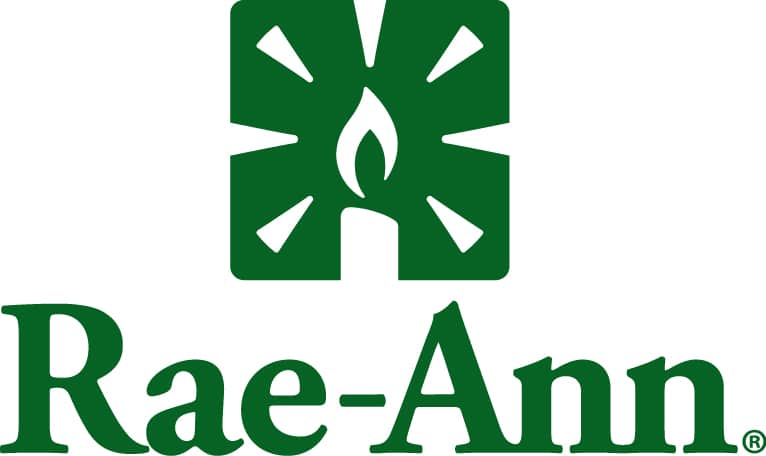
Featured Client Testimonials
I appreciate the exceptional tax advice we received over the years. The (BW team) has a good grasp of our business needs. Thank you for your excellent service.
John Griffiths - Owner, Rae Ann, Inc.

Featured Client Testimonials
The BW team has been fantastic to work with; both the team member at our office as well as at the partner level. Any issues or concerns are handled very efficiently and effectively.
Kelley Needham - Chief Executive Officer, Epilepsy Association
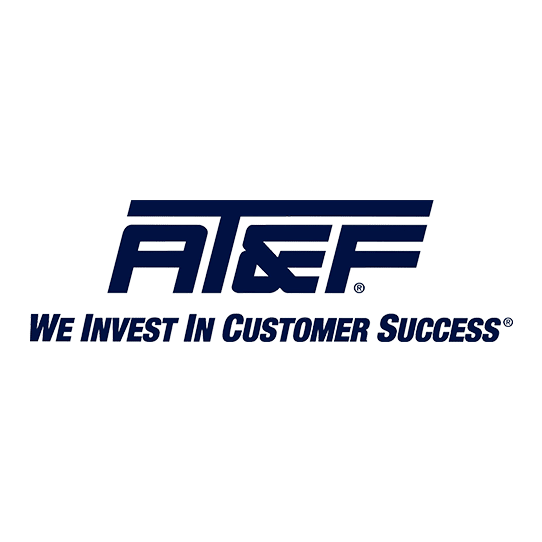
Featured Client Testimonials
Barnes Wendling has been our company accountants for over seven years. Their knowledge has been instrumental in helping us grow strategically during this time. And although we’ve seen many changes in our economy that we cannot control, we’ve always been able to trust the Barnes team to be by our side. The Barnes team feels like family. We can’t thank them enough for their support!
Christine Kloss - Controller, AT&F
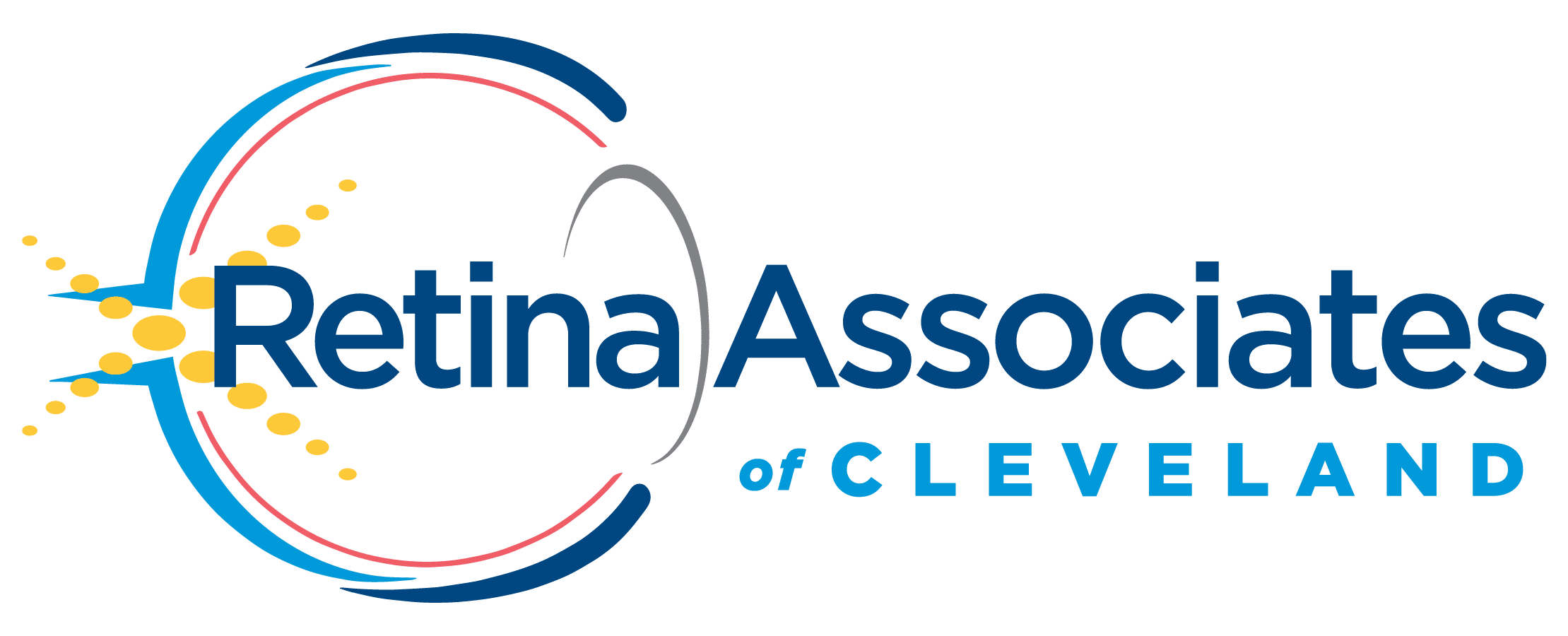
Featured Client Testimonials
Barnes Wendling has been our company accountants for over 15 years. During this time, the business has grown exceptionally, and Barnes has kept pace, providing accurate, quality advice. Our finances are more efficient than ever, and the expense of hiring Barnes has been a definite positive add to our bottom line. I give my highest recommendation to their firm.
David Miller, MD - President, Retina Associates of Cleveland

Featured Client Testimonials
Barnes Wendling has provided us guidance and recommendations that have strategically helped strengthen our business and position ourselves for growth. We needed to hire a new VP of Finance and Controller this past year, and they were instrumental in helping us find the best candidates for our company.
Sara Blankenship - President, Kaufman Container

Featured Client Testimonials
We value the trust, accuracy of information, and reliability of Barnes Wendling and Mike Essenmacher personally. Mike has been instrumental as a trusted advisor on accounting, tax, and personnel issues. His advice is always accurate, and he is very reliable. His associates are also very talented.
Dominic Ozanne - President and CEO, Ozanne Construction Company

Featured Client Testimonials
We value Barnes Wendling’s expertise with all things accounting so we can operate our business using our strengths and allowing them to be our experts. They have also brought me a few business sale opportunities to allow me to grow my assets.
John Gaydosh - President and Metallurgical Engineer, Ohio Metallurgical Service
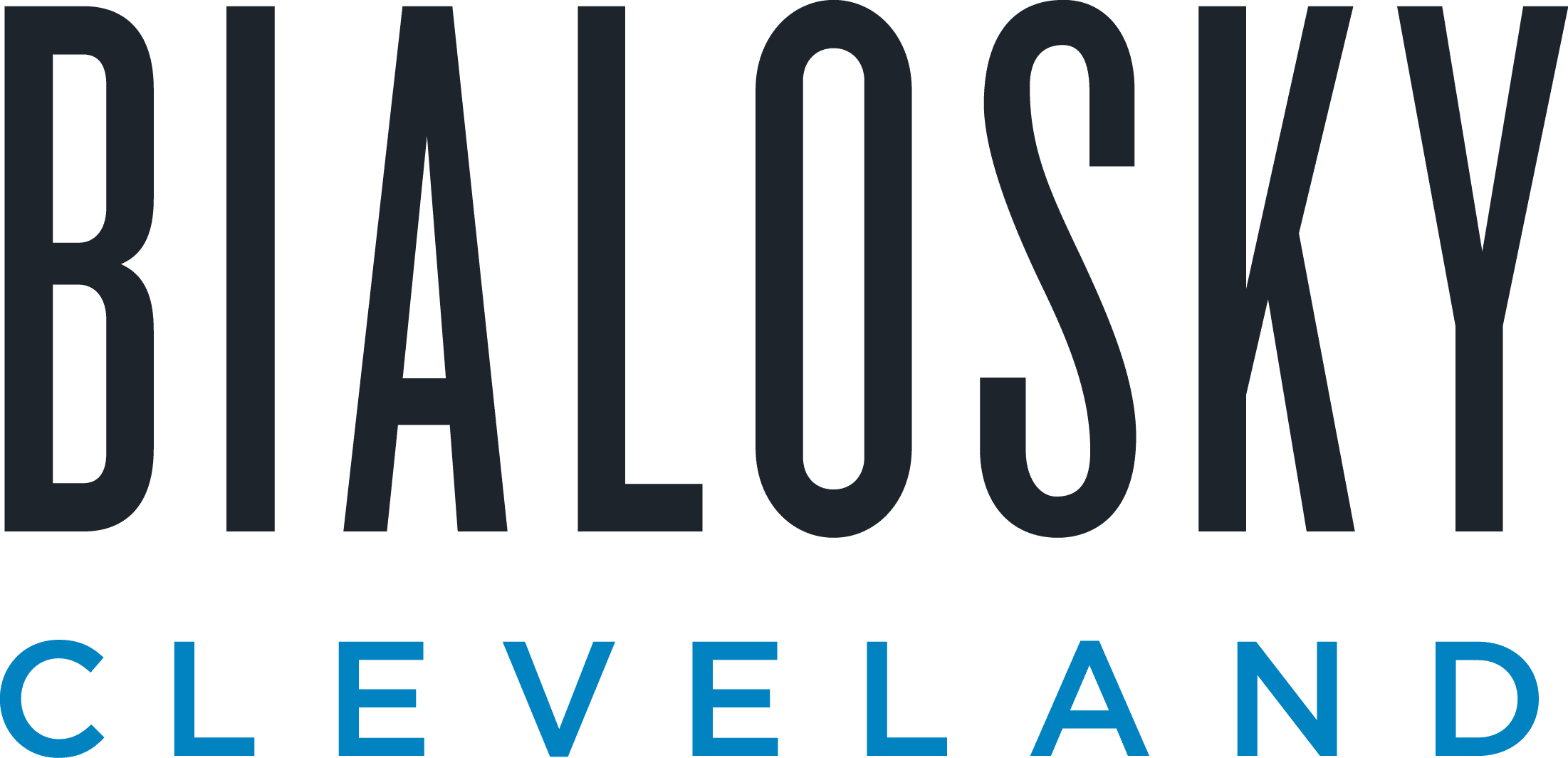
Featured Client Testimonials
Barnes Wendling (especially Lena) did a great job with our financials. Everything. It is extremely refreshing and comforting to know that all of our numbers are not only correct, but they are in the right place(s). Your diligence and reporting truly does make me (personally) feel better.
Thomas Adomaitis - Controller, Bialosky Cleveland

Featured Client Testimonials
I can wholeheartedly tell you that I have yet to work with an audit or tax team that have been more helpful, easy to work with, and committed than the team at Barnes Wendling- I have been through three different firms in the last few years.
Michelle Saylor, Former Controller, Aero Mag

Featured Client Testimonials
Floyd Trouten at Barnes Wendling CPAs is an “expert’s expert” when it comes to M & A accounting. Not only does he understand the evolving details of the Tax Code but he also sees the fine points of their application for owners, managers, investors, and financiers.
Mark A. Filippell, Western Reserve Partners

Featured Client Testimonials
The service is amazing at Barnes Wendling CPAs. The benefit is worth more than the cost. Sometimes it’s true that you get what you pay for.
Mark Boucher - Former Owner, Castle Heating & Air



